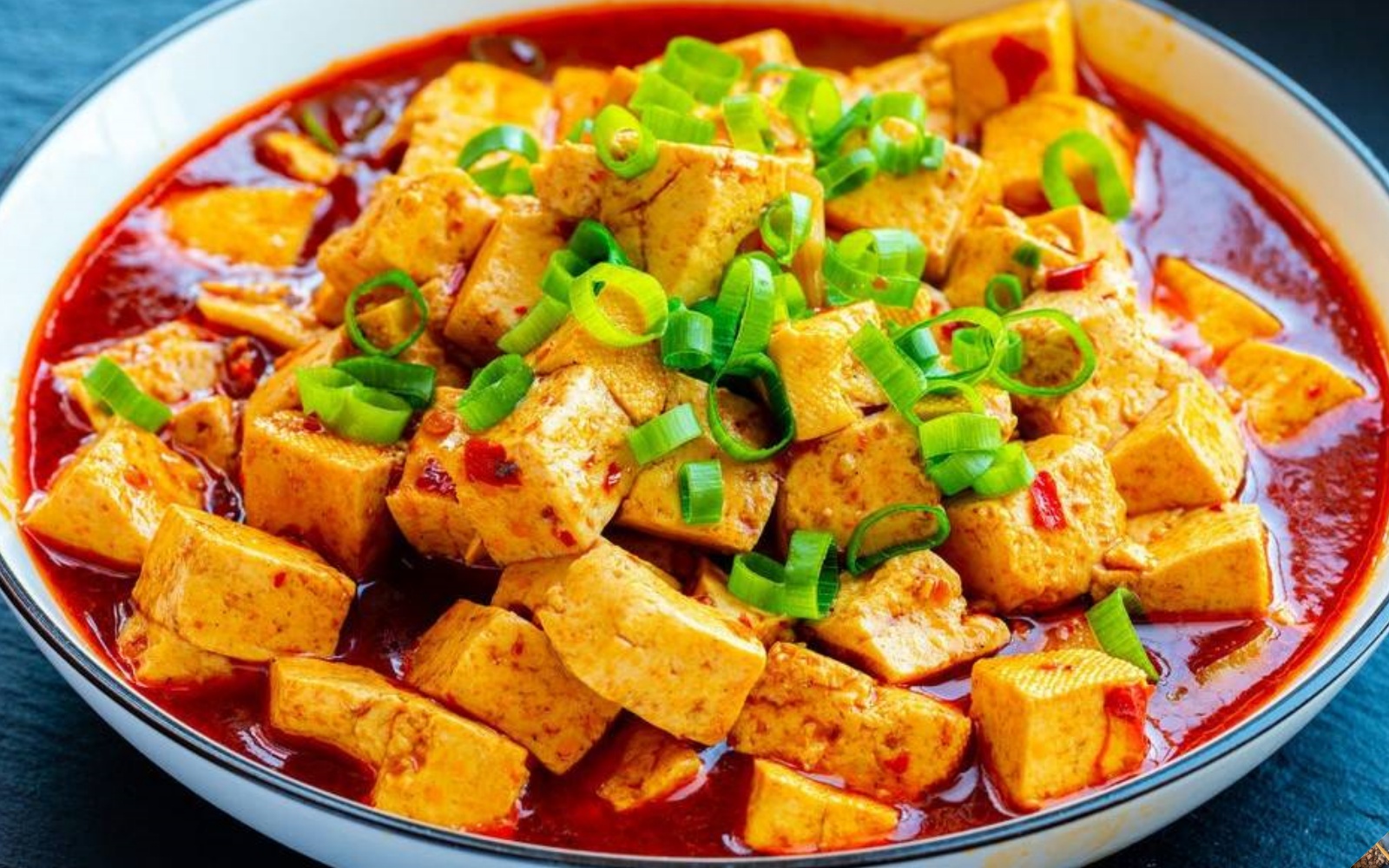
Research has shown that tofu contains a significant amount of flavonoids and lecithin. These compounds help prevent diseases such as Alzheimer’s, osteoporosis, breast cancer, prostate cancer, and are especially beneficial for menopausal women.
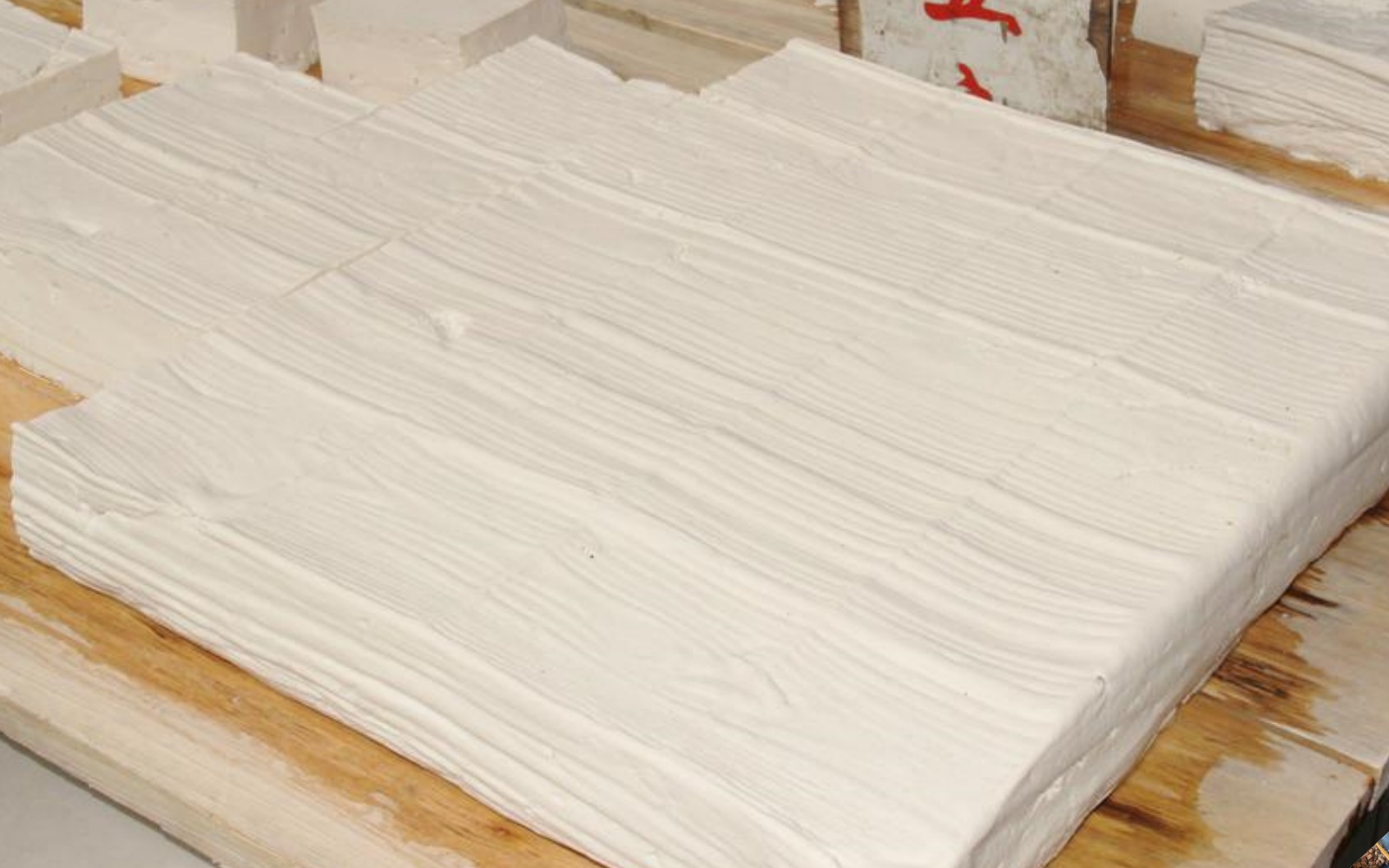
However, not all types of beans are suitable for consumption. They may look similar on the outside, but buying the wrong ones can be harmful to your health.
3 Types of Tofu to Avoid
Tofu with an Extremely White Exterior
Authentic tofu is made from two main ingredients: water and ground soybeans. As such, the color of tofu should resemble that of soybeans, which is a light beige.

If you come across tofu that is too white, it is best to avoid it as it likely contains additives to enhance its color.
Tofu with a Pungent Sour Odor
Fresh tofu should have a pleasant, mild soybean scent. If the tofu emits a sharp, sour smell, it is an indication that the tofu has been stored for too long and has gone rancid.
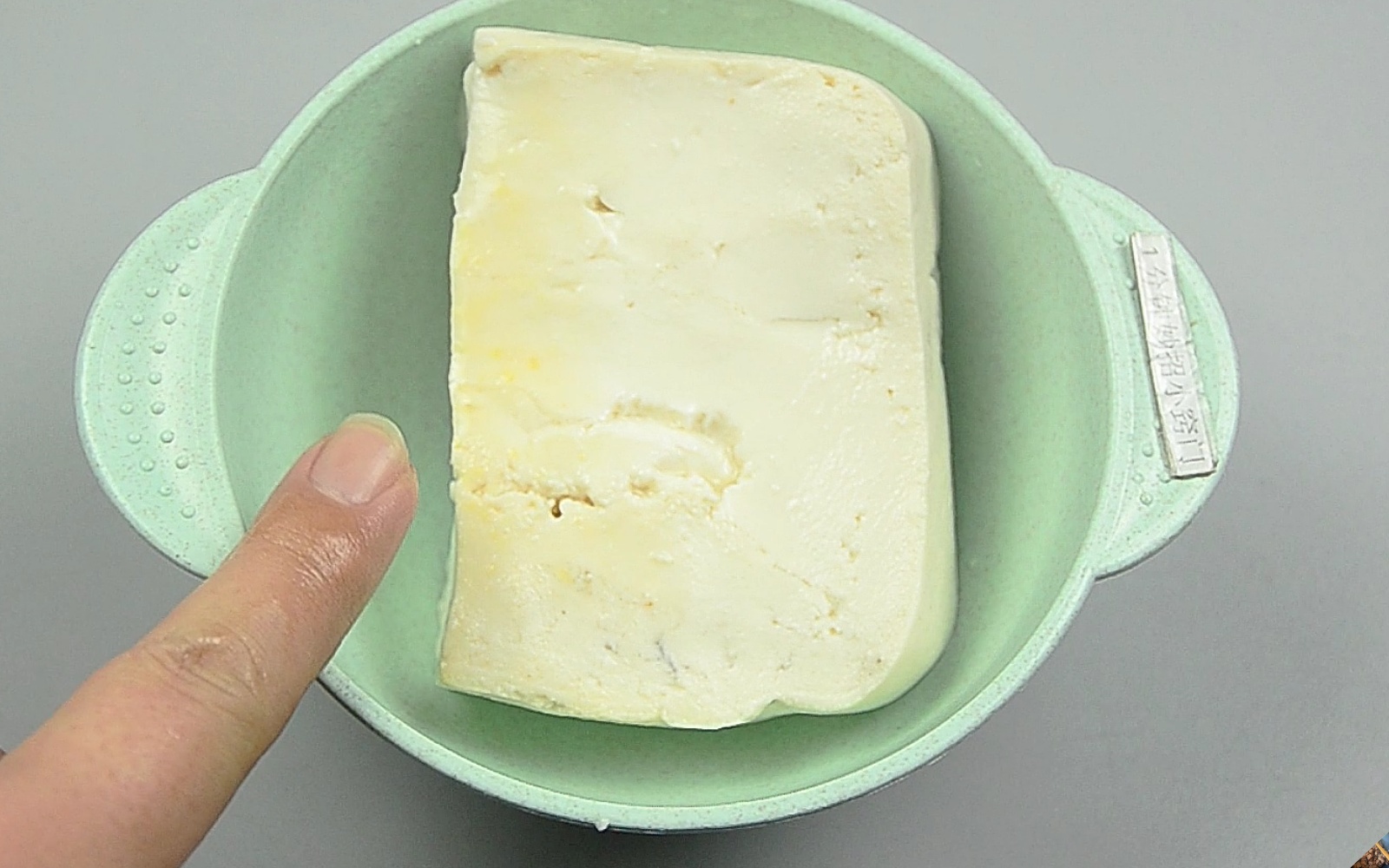
Similarly, tofu that lacks the characteristic soybean aroma is also best avoided. This could be a result of the tofu being soaked in formaldehyde or other chemicals, eliminating its natural fragrance.
Consuming either of these types of tofu can have direct negative effects on your health.
Tofu with a Dry and Sticky Texture
Fresh tofu should feel moist and smooth to the touch. If the surface of the tofu feels dry and sticky, it is a sign that the tofu is spoiling and beginning to deteriorate.
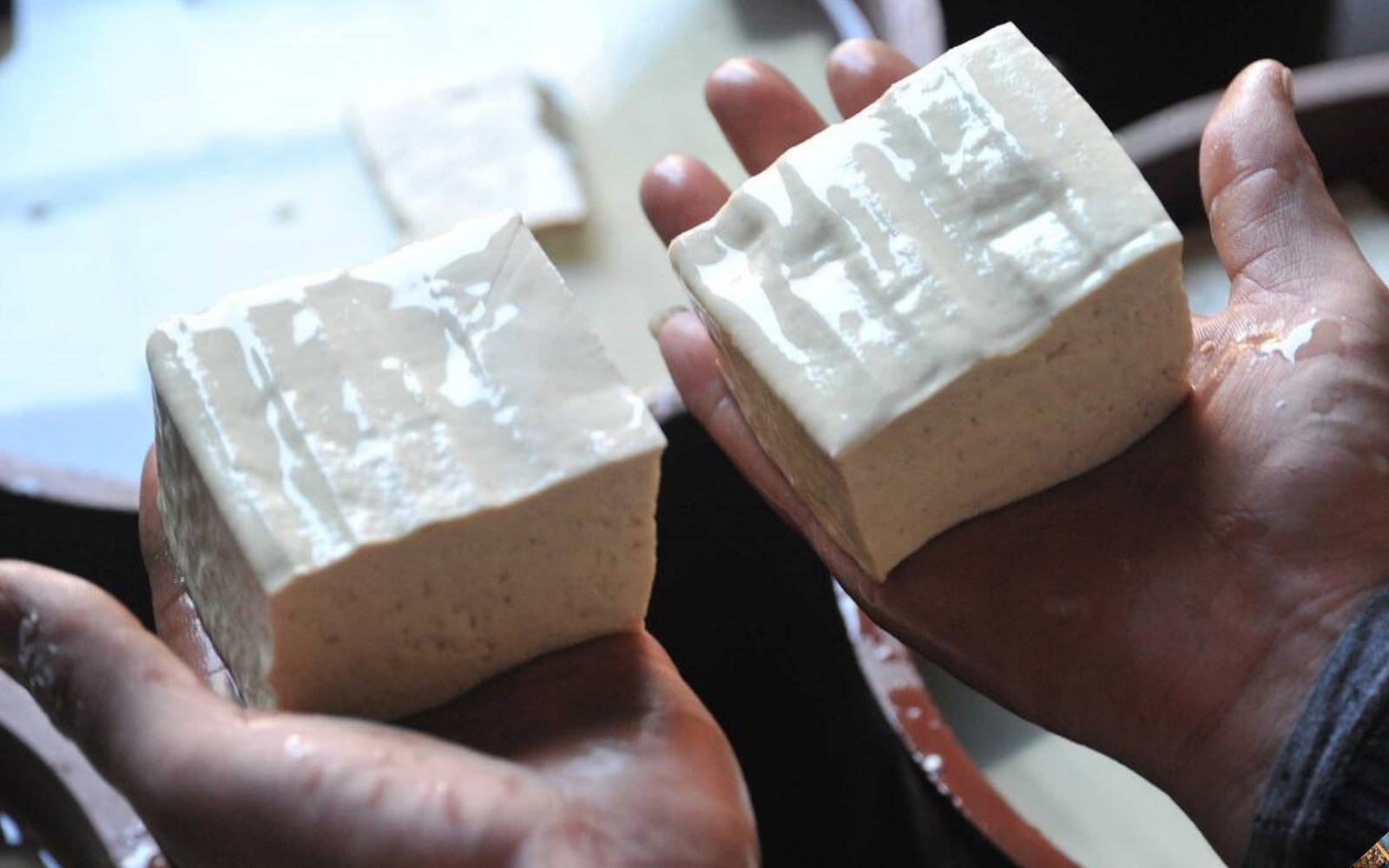
Experienced home cooks recommend using your senses when purchasing tofu: observe with your eyes, feel with your hands, and smell with your nose. Fresh tofu will have a bouncy texture, a smooth surface, and a distinct soybean aroma.
To ensure food safety, instead of buying tofu from the market, you can easily make it at home with the following method.
How to Make Delicious Tofu at Home
Ingredients
– Soybeans: 200g
– White vinegar: 50ml
– Water: 2.5L
Steps to Make Tofu
Step 1: Prepare the Soybeans
– Soak the soybeans in water overnight.
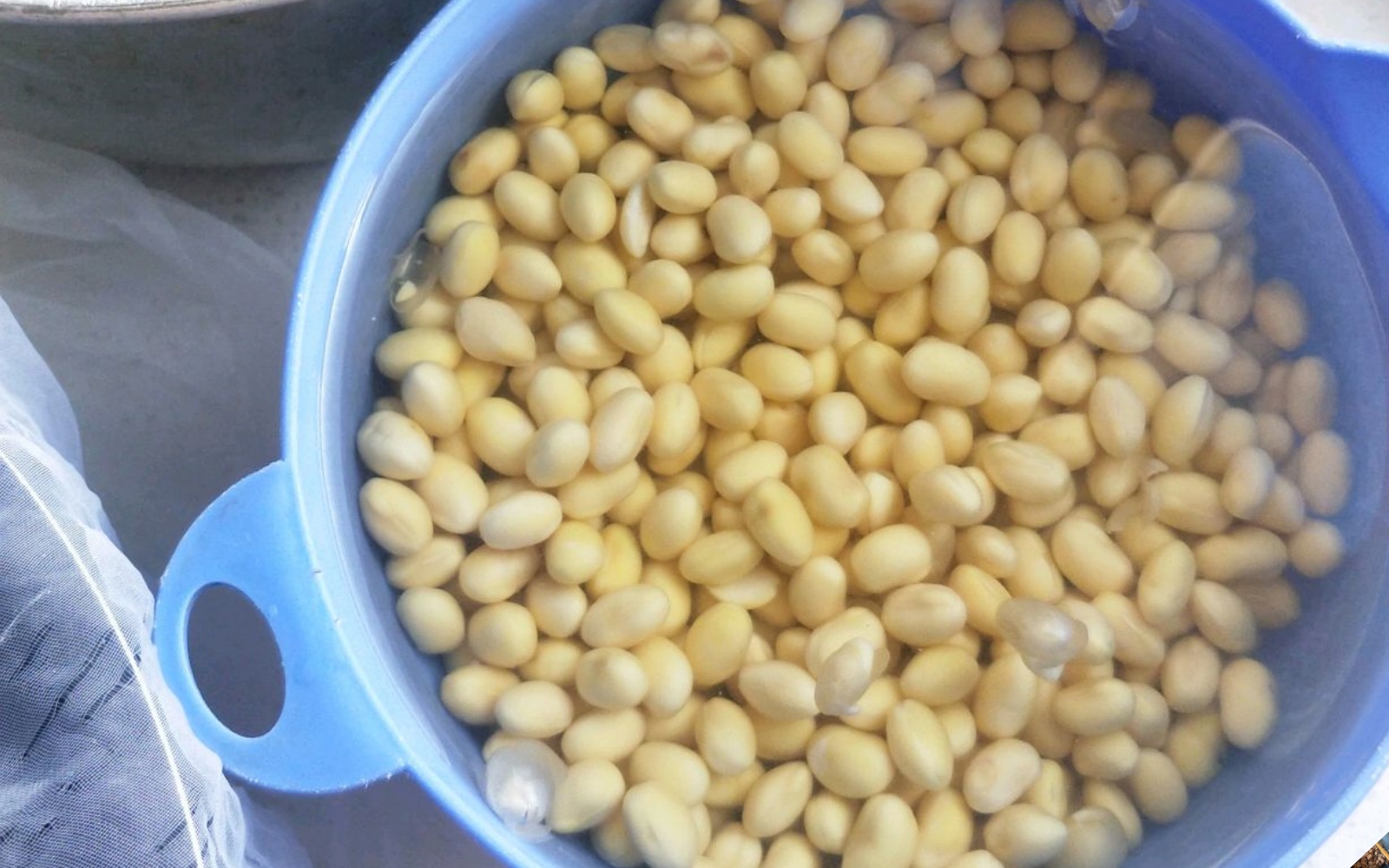
– Drain the soybeans, rinse them thoroughly, and transfer them to a blender.
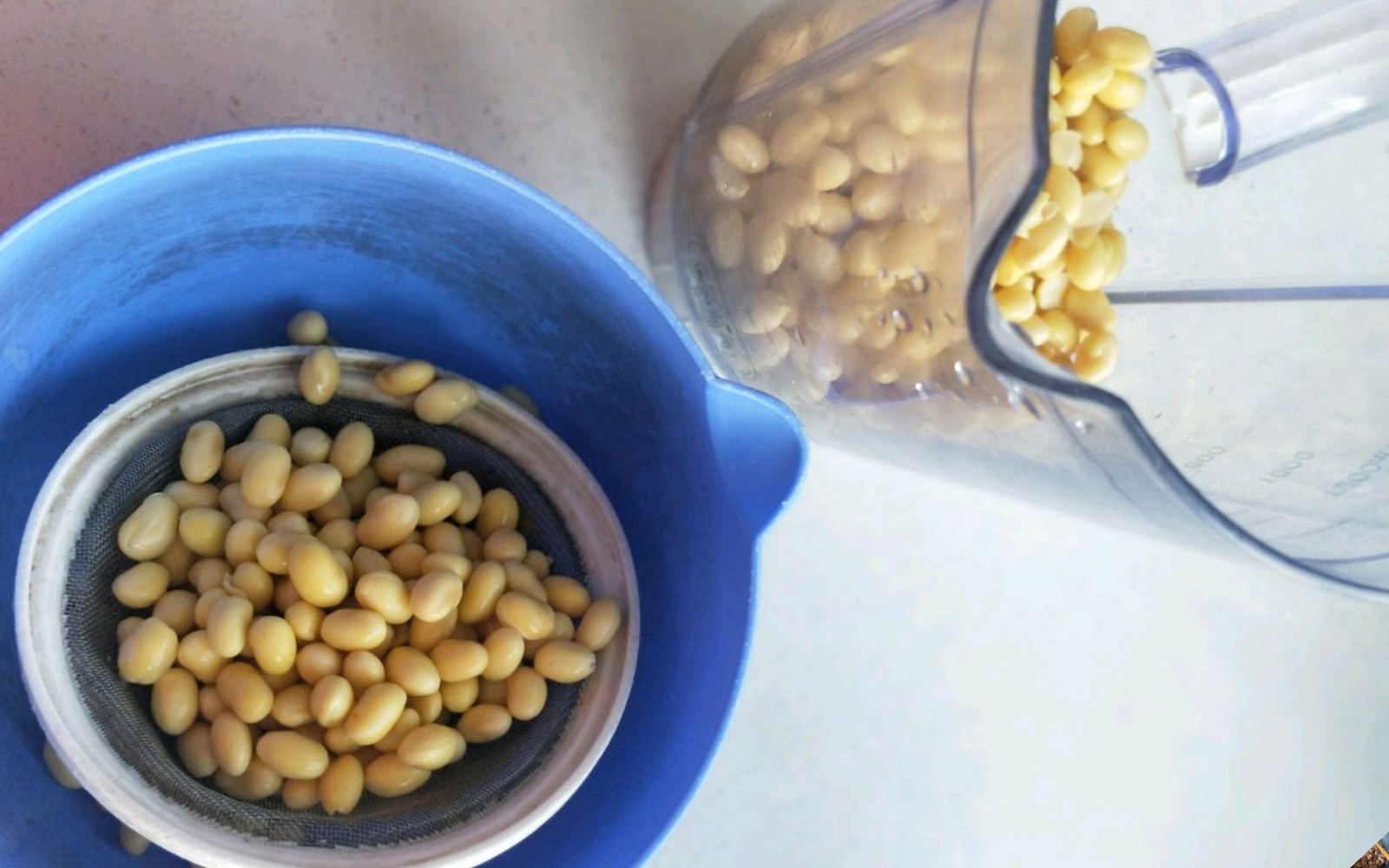
– Add 1L of clean water and blend until smooth.
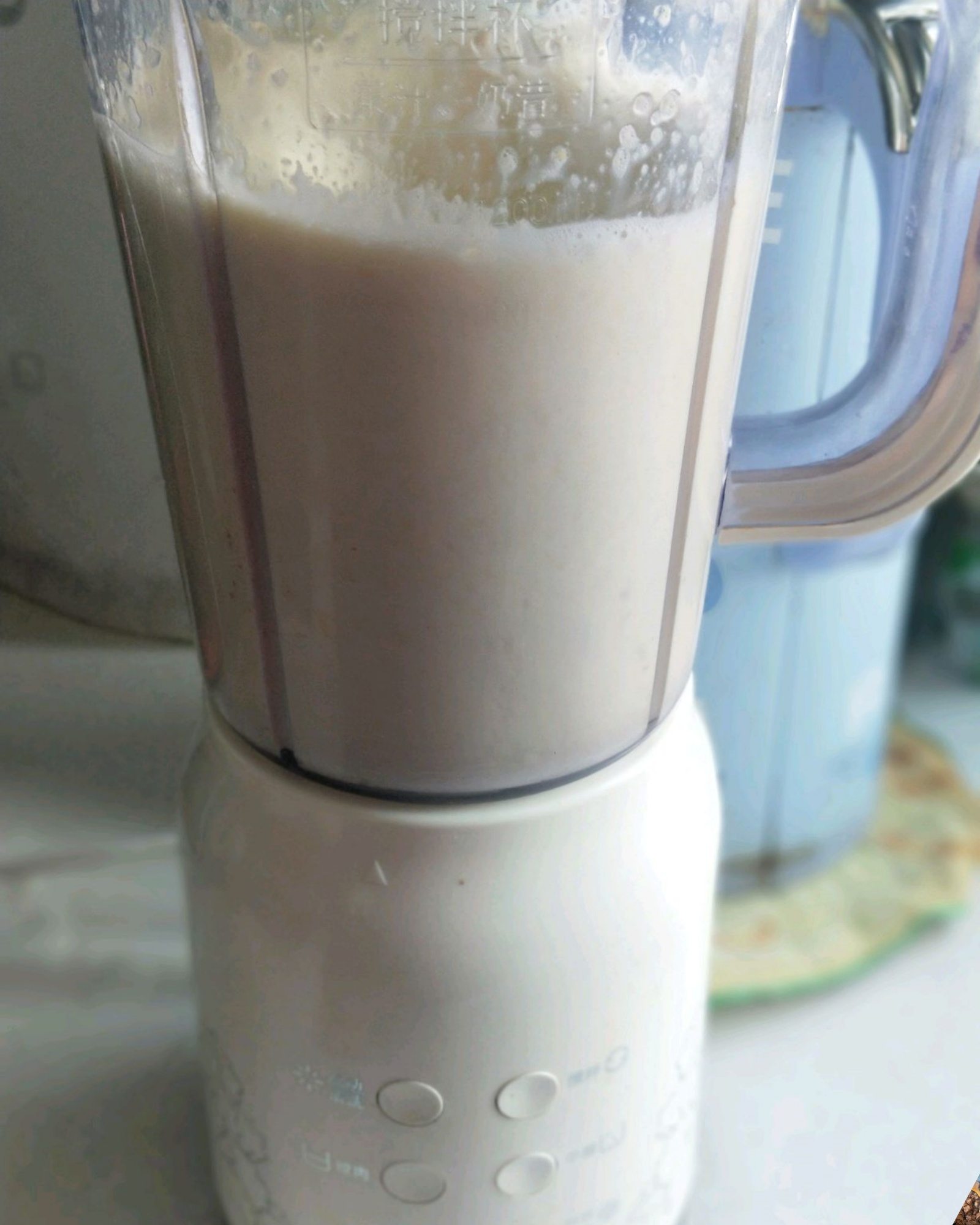
Step 2: Filter the Soybean Milk
– Place a clean cloth over a large bowl.
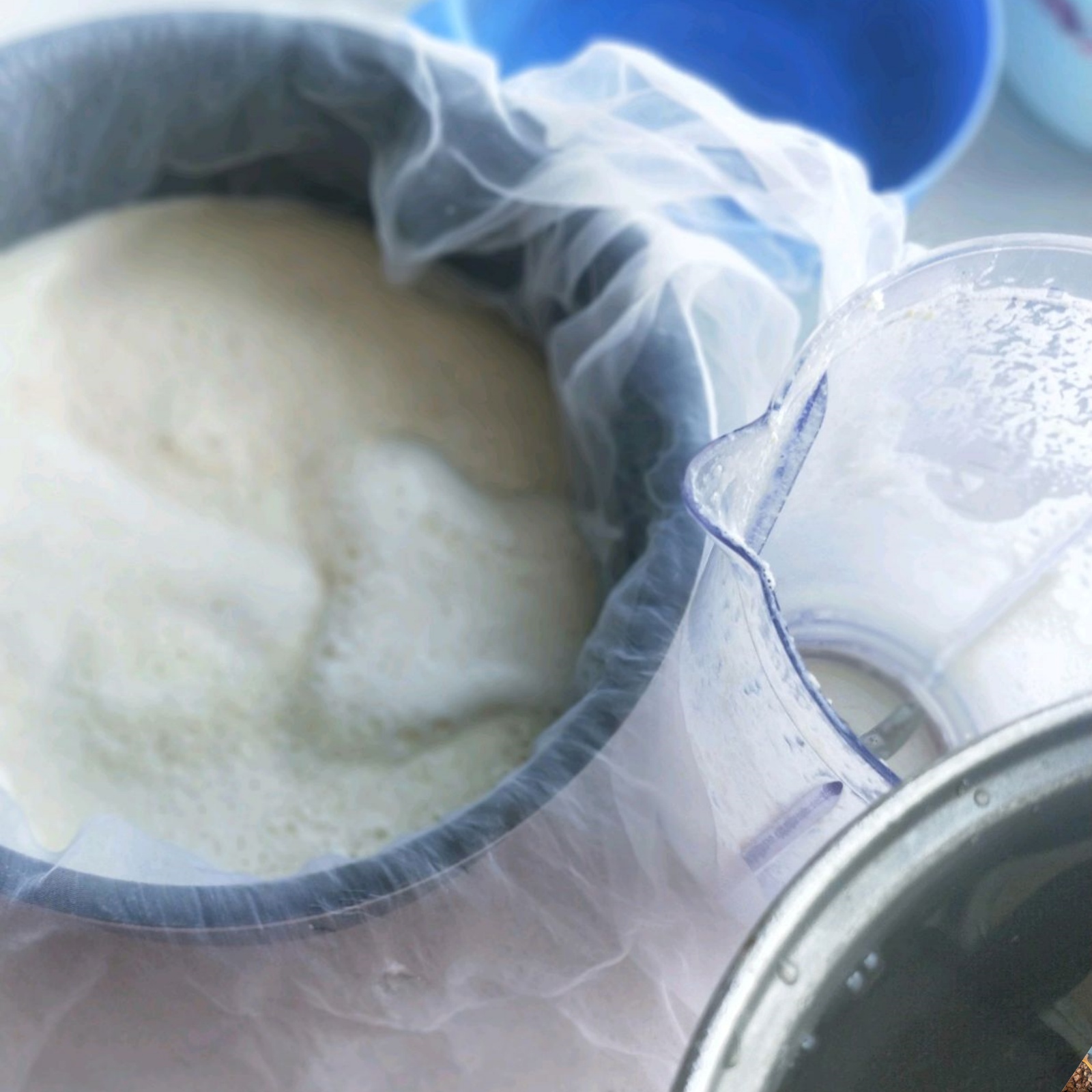
– Pour the soybean mixture over the cloth to separate the milk from the pulp.
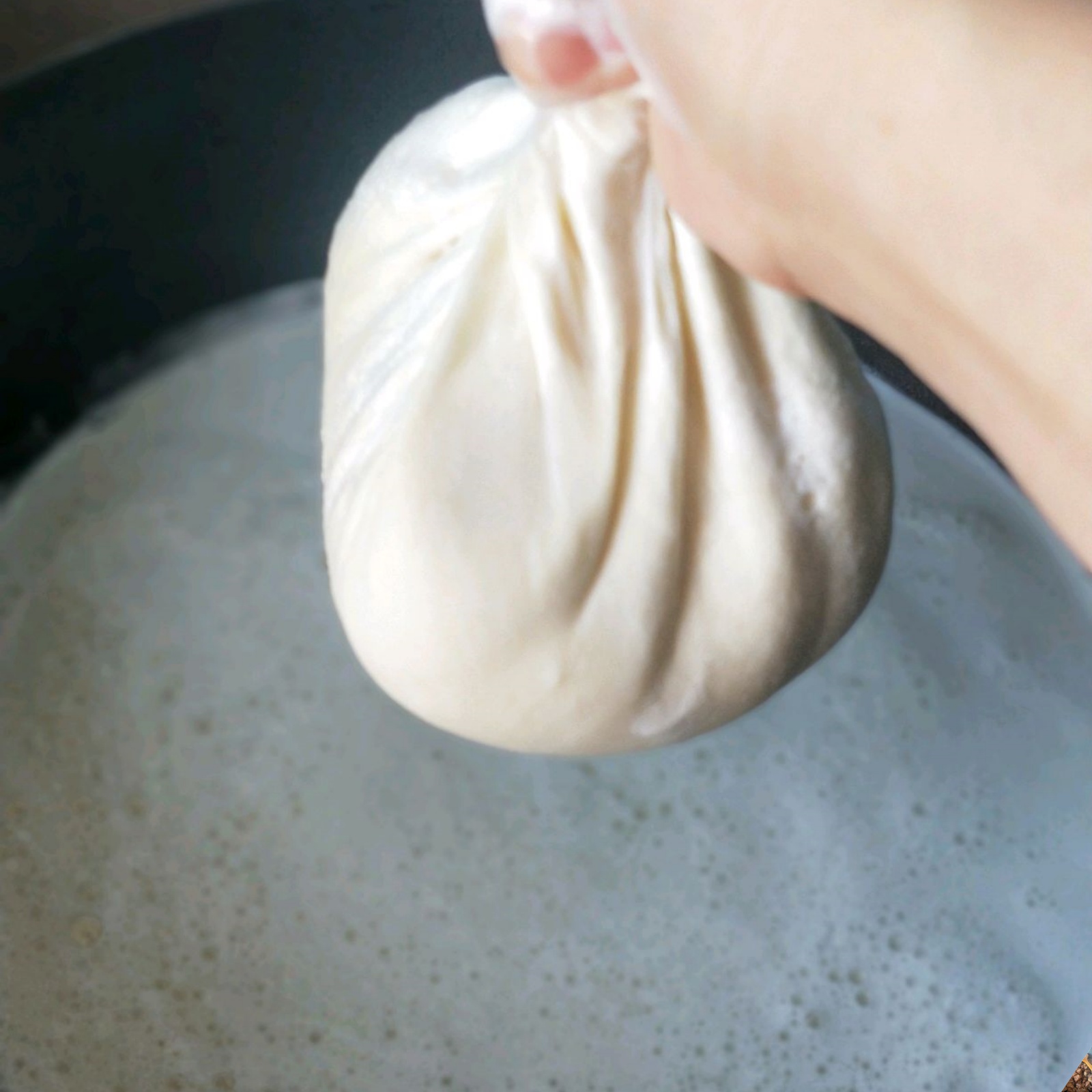
Step 3: Boil the Soybean Milk
– Transfer the filtered soybean milk to a clean pot and bring it to a boil.
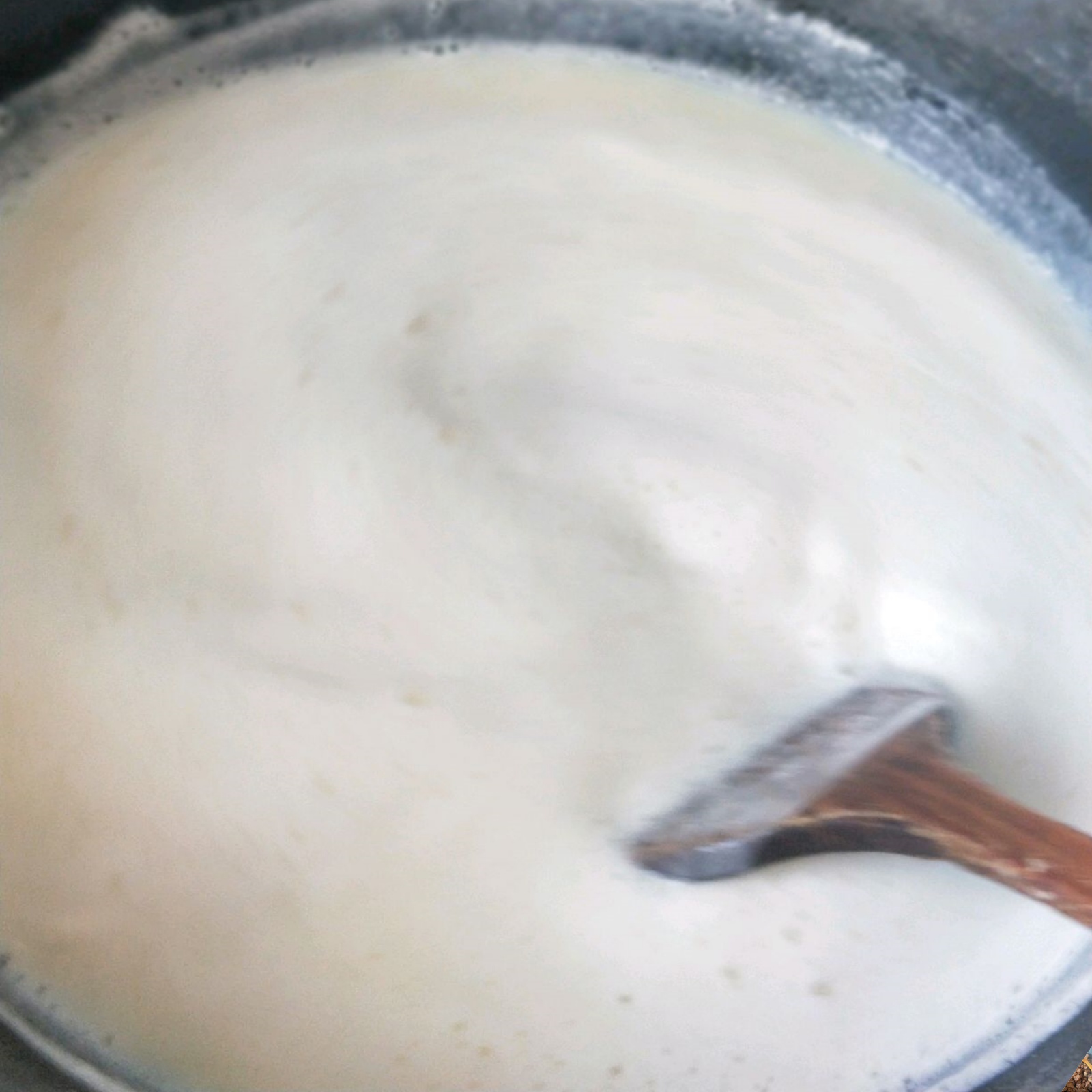
– Once it reaches a rolling boil, reduce the heat to low and continue simmering for about 5 minutes. Be sure to stir constantly to prevent scorching.
– Turn off the heat and allow the soybean milk to cool down.
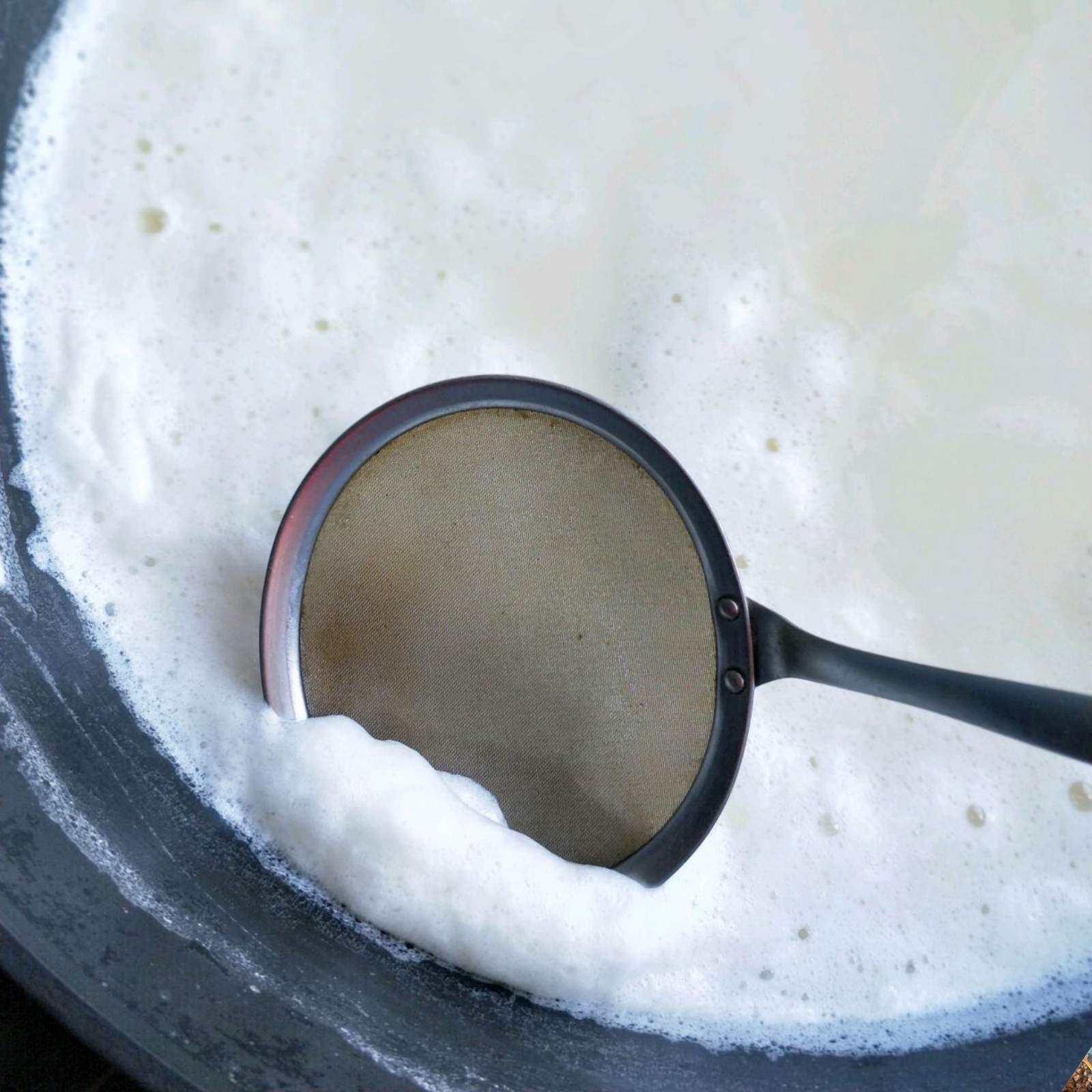
– Skim off any foam that forms on the surface.
Step 4: Prepare the Vinegar Mixture
– In a small bowl, combine 50ml of water and 50ml of vinegar, stirring until well blended.
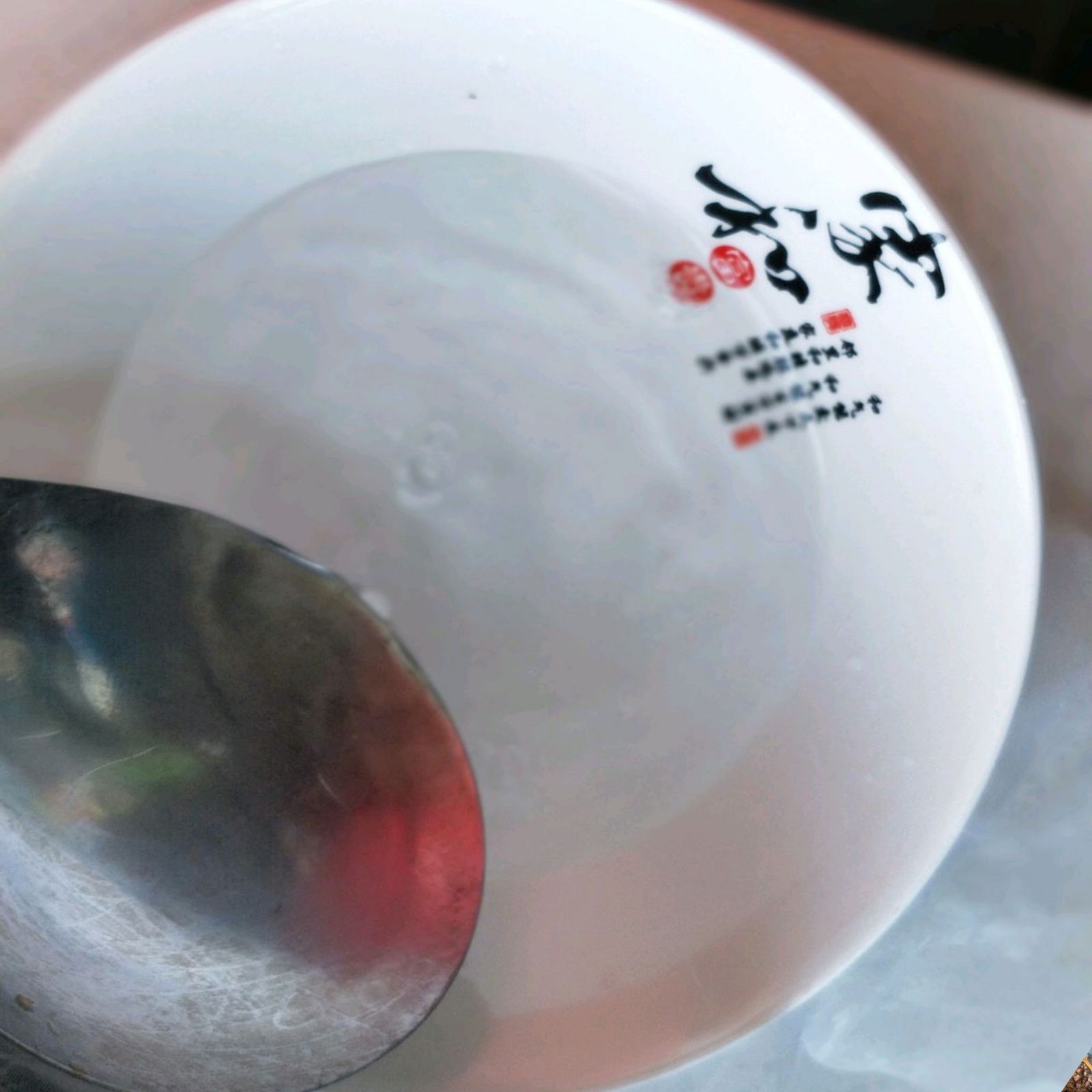
– Gently stir the vinegar mixture into the cooled soybean milk from step 3.
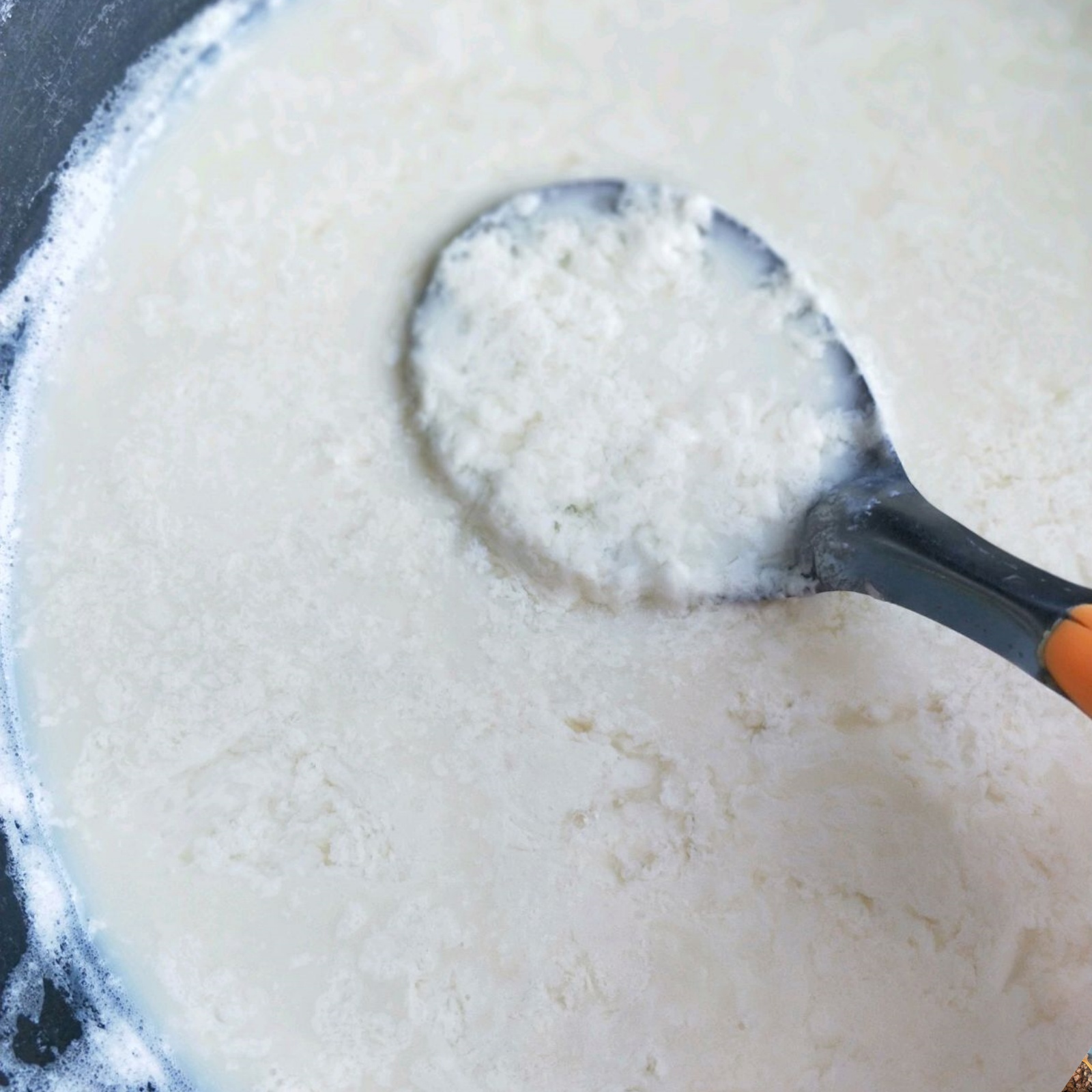
– Let the mixture settle for about 15 minutes.
Step 5: Press the Tofu
– Pour the vinegar-soybean milk mixture into a tray lined with a thin cloth.
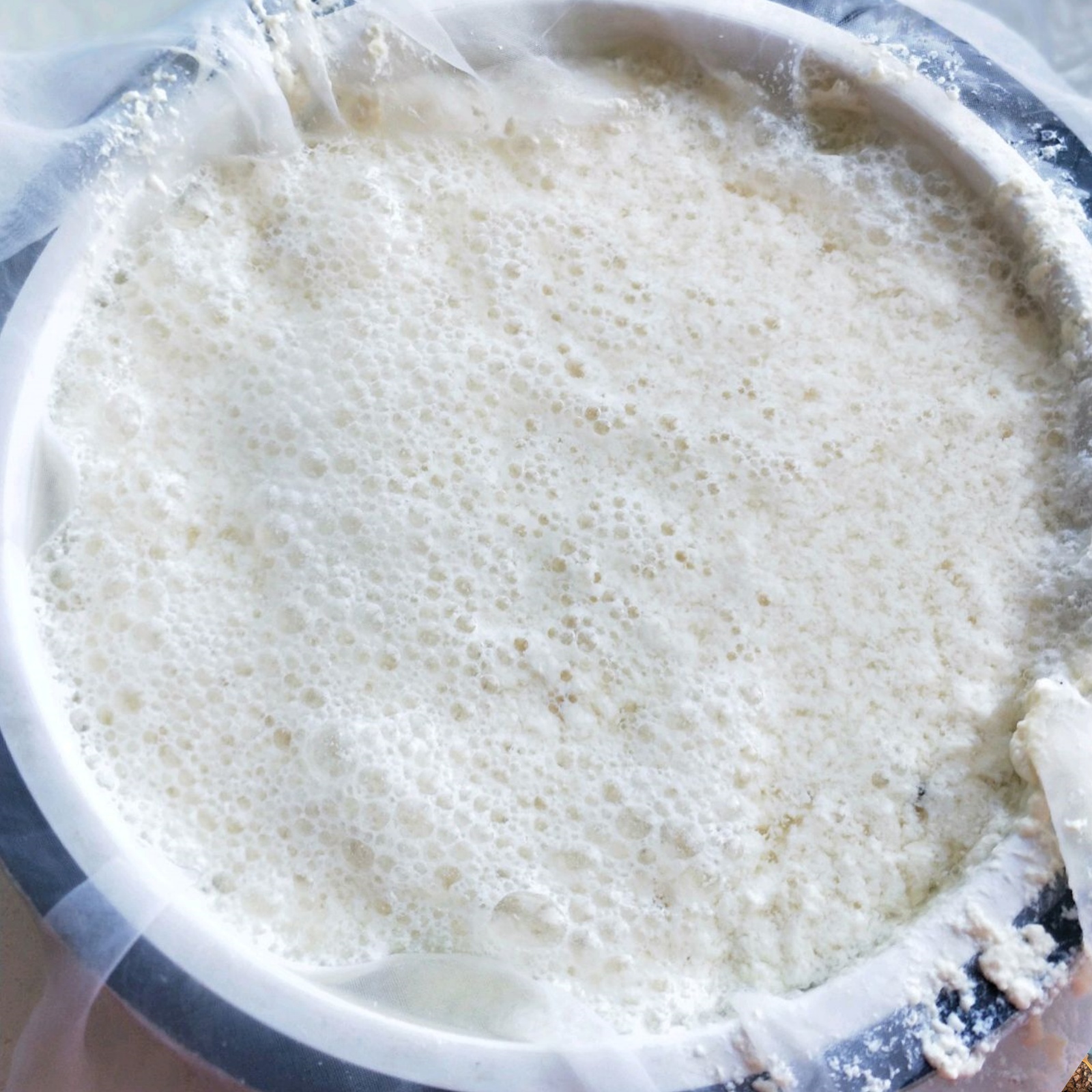
– Fold the edges of the cloth over the mixture and place a heavy object on top to press the tofu.
– You can also add a bowl of water to increase the pressing force.
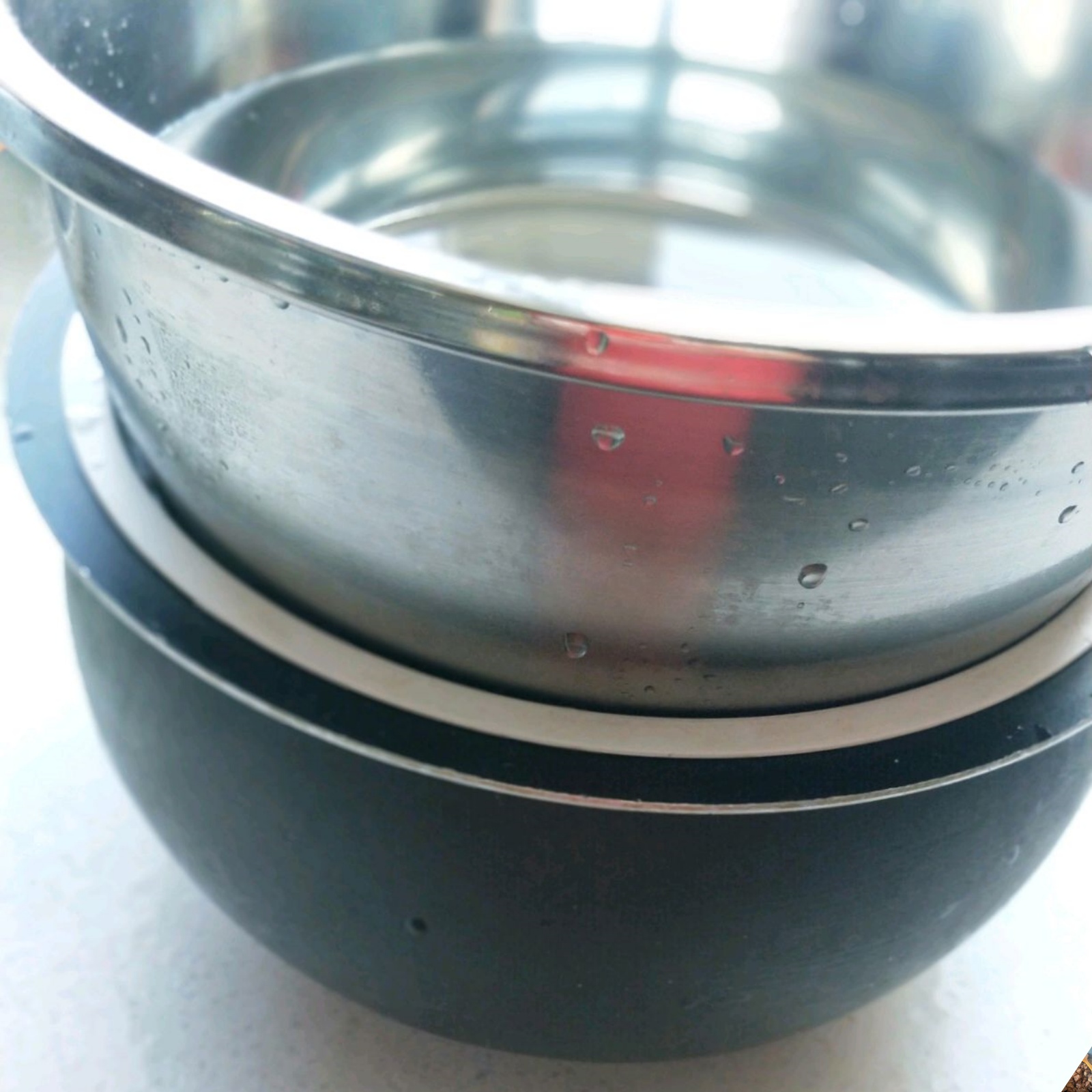
– Let it press for 40-60 minutes. Your tofu will then be ready to use.
Step 6: Finalize
– Remove the tofu from the cloth and cut it into desired pieces. The homemade tofu will have a beautiful light beige color.
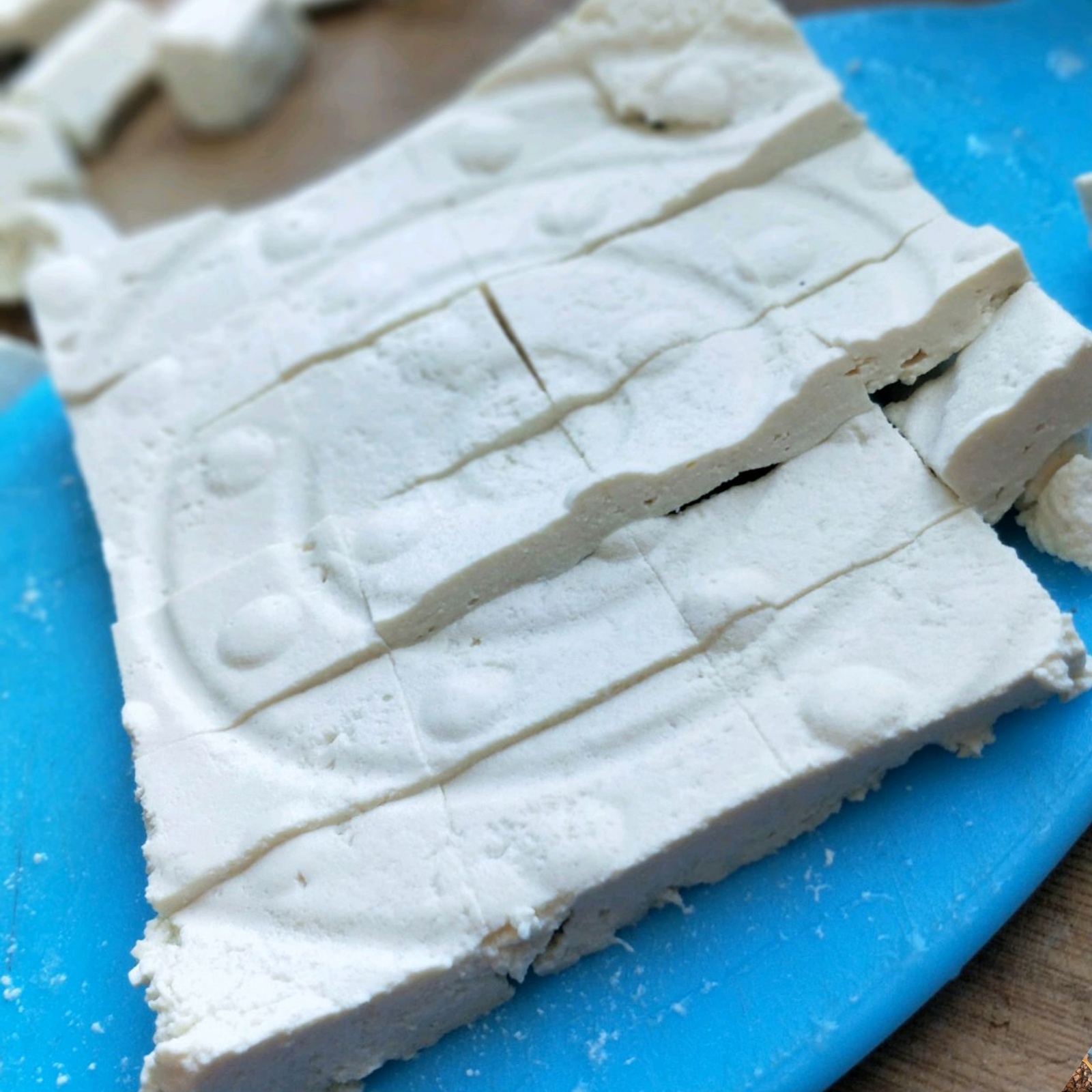
The tofu will have a soft and bouncy texture, with a rich soybean aroma. When eaten, you will experience a delightful creamy mouthfeel.
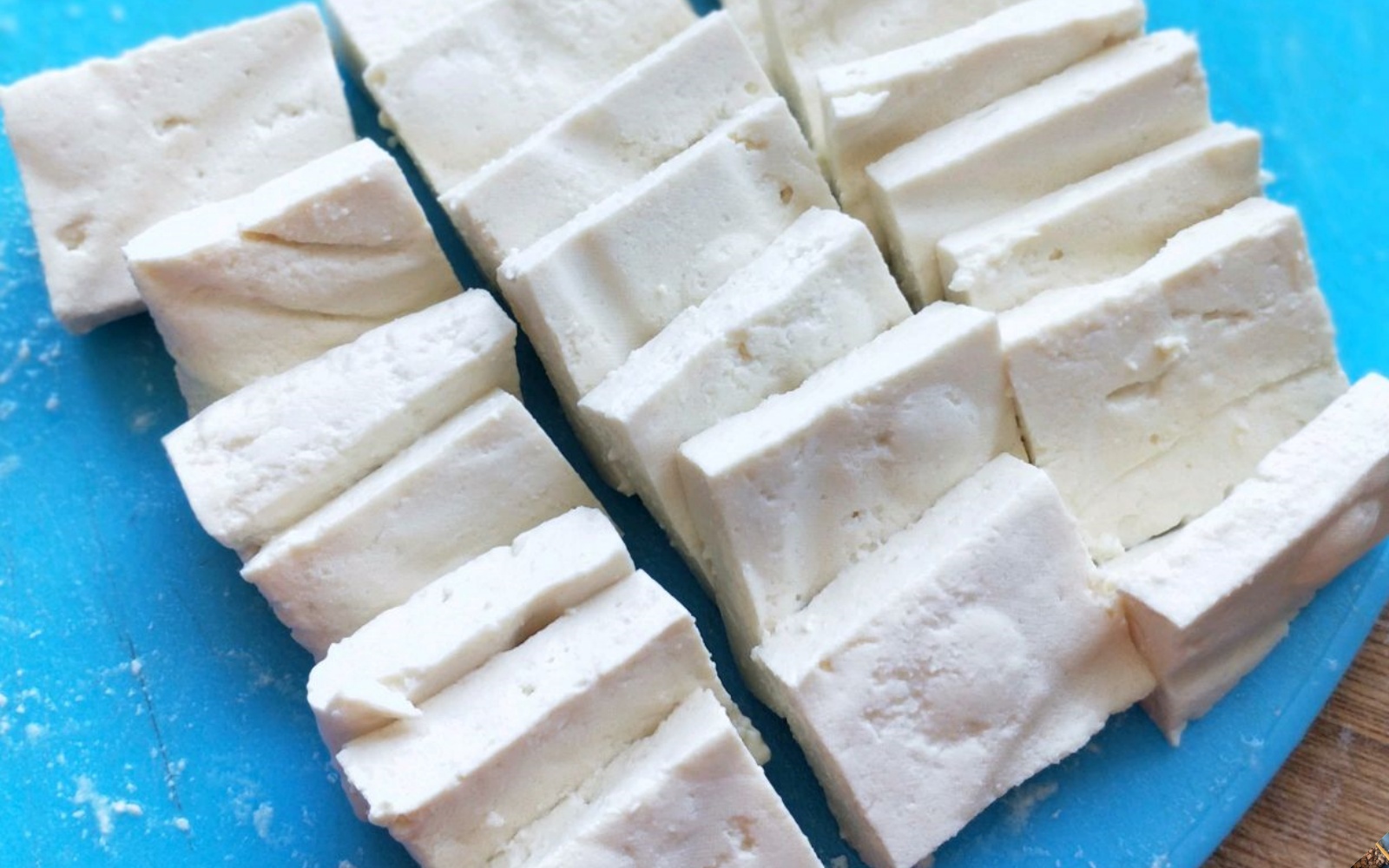
You can cook with the tofu immediately. If you have any leftovers, you can soak them in water and use them within the day.
Some Things to Keep in Mind When Consuming Tofu
Avoid Eating with Foods High in Oxalic Acid
Experts advise against pairing tofu with foods rich in oxalic acid. This is because tofu is high in calcium, and when calcium comes into contact with oxalic acid, it forms insoluble calcium oxalate, which interferes with the body’s calcium absorption.
Some vegetables to avoid eating with tofu include spinach, bamboo shoots, and amaranth.
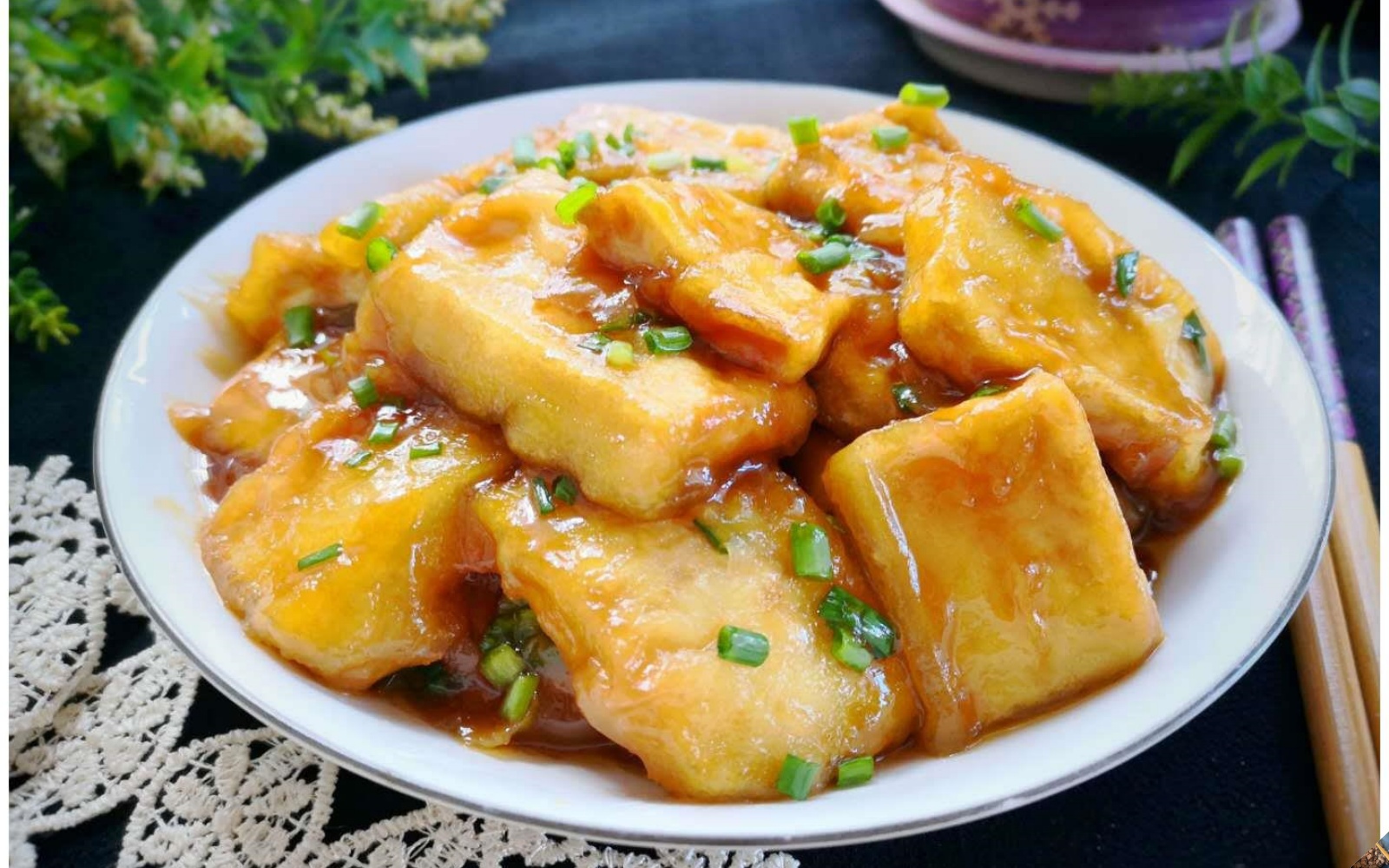
Patients with Gout or High Uric Acid Levels
Individuals with gout or elevated uric acid levels should refrain from consuming tofu. Additionally, those with a sensitive stomach or who experience symptoms such as chest tightness and nausea after consuming tofu should limit their intake.
Do Not Overconsume
While tofu is a nutritious food, it is important not to overindulge. On average, it is recommended to consume 255-425g of tofu per day. Excessive intake may increase the concentration of IGF-1 hormone, which has been linked to an increased risk of cancer.

































